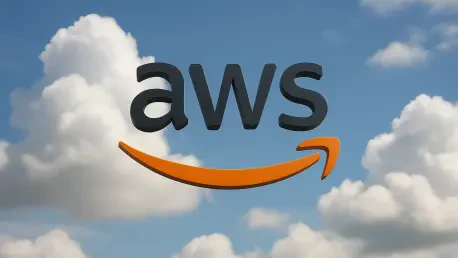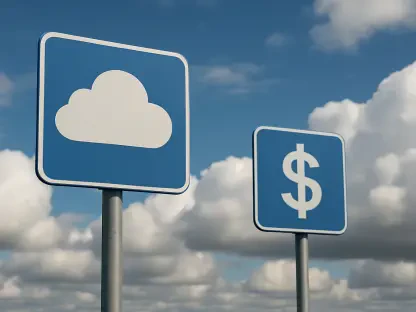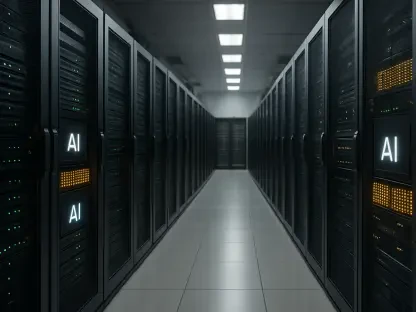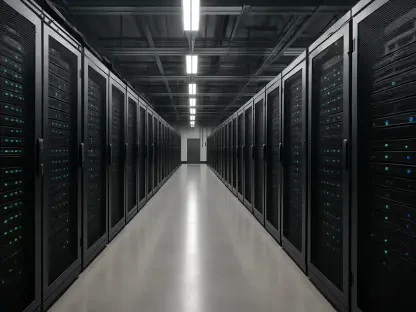Maryanne Baines is a recognized leader in cloud technology, known for her skill in evaluating various cloud providers and their technology stacks across industries. Her insights into the recent partnership between Pegasystems and AWS offer depth into how cloud and AI innovations are reshaping IT infrastructure and application development. In this interview, we explore the strategic goals behind this collaboration, the role of technologies like Amazon Bedrock and AWS Transform, and the challenges and opportunities in modernizing legacy systems.
Can you explain the strategic collaboration between Pegasystems and AWS?
The partnership between Pegasystems and AWS is all about leveraging cloud-based AI to push the boundaries of IT modernization. Their collaboration, designed to last five years, is set on accelerating enterprises’ journey to modernize legacy systems and tackle technical debt. This alignment aims to harness AWS’s advanced infrastructure and Pegasystems’ capabilities to streamline complex transitions into the cloud, enabling businesses to embrace AI-driven workflows more effectively.
What role does Amazon Bedrock play in this collaboration?
Amazon Bedrock stands out as a crucial enabler within this partnership. It offers Pegasystems customers access to a variety of AI models from both Amazon and third-party providers. By integrating Bedrock with Pega Blueprint and the Pegasystems Platform, clients are empowered to use these models to enhance app development stages, from initial design through continuous optimization, paving the way for more secure and innovative AI applications.
How will AWS Transform help in application modernization?
AWS Transform plays a transformative role in simplifying the modernization process of applications. By using agentic AI workflows, it automates lifecycle management, making it easier to update legacy systems without the typical disruptions. This automation not only speeds up the modernization process but also ensures that enterprises can efficiently transition to newer, more agile infrastructures that respond better to business needs.
What does Pegasystems mean by “technical debt” and how does it affect AI adoption?
Technical debt refers to the accumulated cost of using outdated infrastructure that impedes the adoption of modern AI technologies. For enterprises, it’s a significant barrier, preventing efficient deployment of AI solutions. Pegasystems is tackling this by providing tools and frameworks that address this debt, helping businesses to break free from legacy constraints, thereby clearing the path for seamless AI integration.
How does this collaboration facilitate enterprises in transforming their legacy systems?
This partnership offers a robust solution for enterprises targeting legacy system transformation. One of the major hurdles these organizations face is dependency on outdated technologies, as highlighted in recent surveys. This tie-up seeks to dismantle these barriers by integrating advanced AI solutions that simplify and accelerate legacy modernization, ultimately reducing the cycle of legacy dependency and unlocking potential for new technological adoption.
What has been the response of enterprises to AI adoption, based on recent surveys?
There is strong enthusiasm among enterprises for AI adoption, but legacy systems remain a substantial roadblock. Survey data indicates that 68% of respondents find legacy systems a barrier to new technology adoption, and an equal percentage see them impeding operational efficiency. This reflects the need for targeted strategies that this collaboration aims to provide, to help businesses transition to newer systems.
What are the specific features of the Pega Blueprint and how have they evolved since its launch?
Since its launch, Pega Blueprint has significantly advanced with the addition of AI-powered capabilities. The past 18 months have seen these features grow to better align with user needs, especially through deeper integration with AWS Transform. This evolution ensures users can better navigate cloud adoption processes, enhancing their efficiency and adaptation to fast-paced technological changes.
How do Pegasystems and AWS view the potential of generative AI in cloud services?
Both Pegasystems and AWS recognize the revolutionary impact of generative AI on cloud services. AWS highlights that such technologies are central to transforming not only what can be built in the cloud but also how smoothly transitions to the cloud can occur. Pegasystems envisions generative AI as a cornerstone in developing intelligent applications that streamline workflow automation and support dynamic business processes.
What future goals does Pegasystems have in terms of AI and IT infrastructure modernization?
Looking forward, Pegasystems is determined to expand its impacts in AI and IT infrastructure. This partnership with AWS aligns perfectly with their long-term strategy to eliminate technical debt and foster business agility through smarter tools and AI innovations. Over the next five years, we can anticipate developments that further integrate cutting-edge AI into their platforms, setting the stage for even more substantial transformations in IT infrastructure.
Do you have any advice for our readers?
My advice is to stay informed and adaptable. As AI and cloud technologies evolve, so do the opportunities and challenges that come with them. Embrace these changes with a strategic approach, focusing on reducing technical debt and investing in modern platforms that enhance operational efficiency and competitiveness.









